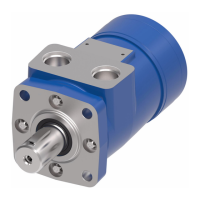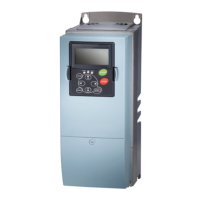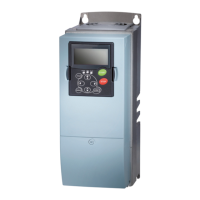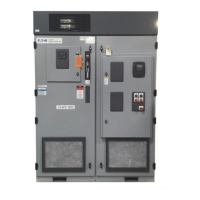HVAC Application
H-Max HVAC Drives
MN04008004E—September 2011 www.eaton.com
1
HVAC Application
The Eaton HVAC drive contains a preloaded application for
instant use.
The parameters of this application are listed in the
complete Application Manual.
The Application Manual
can be found at http://www.eaton.com/Electrical/
USA/ProductsandServices/AutomationandControl/
AdjustableFrequencyDrives/H-Max/index.htm.
Specific Functions of Eaton HVAC Application
The Eaton HVAC application is an easy-to-use application for
not only basic pump and fan applications where only one
motor and one drive is needed, but also offers extensive
possibilities for PID control.
Features
●
Startup Wizard for extremely fast setup for basic pump or
fan applications
●
Mini-Wizards to ease the setup of applications
●
Hand/Off/Auto button for easy change between Hand
(keypad), OFF, and Auto (Remote control) place. The auto
control place is selectable by parameter (I/O or Fieldbus)
●
Control page for easy operation and monitoring of the
most essential values
●
Run interlock input (damper interlock). Drive will not start
before this input is activated
●
Different pre-heat modes used to avoid condensation
problems
●
Maximum output frequency 320 Hz
●
Real-time clock and timer functions available (optional
battery required). Possible to program three time channels
to achieve different functions on the drive (for example,
Start/Stop and Preset frequencies)
●
External PID-controller available. Can be used to control a
valve using the drive’s I/O, for example
●
Sleep mode function which automatically enables and
disables drive running with user defined levels to save
energy
●
Two-zone PID-controller (two different feedback signals;
minimum and maximum control)
●
Two setpoint sources for the PID-control. Selectable with
digital input
●
PID setpoint boost function
●
Feed forward function to improve the response to the
process changes
●
Process value supervision
●
Multi-pump control
●
Pressure loss compensation for compensating pressure
losses in the pipework, for example, when sensor is
incorrectly placed near the pump or fan

